It is estimated that up to 25% of adults have a fear of needles and injections because of a previous experience in childhood. Studies show that a negative experience with needles in childhood can result in health avoidance behaviours throughout life.
Needles and injections are a scary concept for children. It is unlikely they will remember ever having had an injection. Injections are uncomfortable and they can make your arms (or thighs) ache! The needle and syringe look scary, they go into your skin, and they are given by a stranger. But for children they have the added pressure of the fact the decision of whether to have a vaccination is not theirs. Parents/carers are acting in their best interest of the child and doing all they can to protect them and their health. But children do not understand this, they just know something ‘horrible’ is going to happen.
Children react to injections in a variety of ways. Some children cry, some kick, some scream, and some become withdrawn and quiet. This document is going to look at the best way to deal with a distressed child.
What is the difference between restraining and firmly holding a child?
Parents and carers have a vital role to play in the vaccination process when it comes to children. They are best placed to know how to soothe their child, how to put them at ease and how to engage with them. A firm hold helps the child to stay still which makes administering the vaccine easier and safer. Also, as the hold is coming from a person they are comfortable with, it provides much needed comfort and reassurance. Knowing how to firmly hold a child for vaccination reduces the risk of a sharps injury for all involved.
A firm hold does not use force. It positions the child in the arms of their parent/carer which enables them to soothe and cuddle the child. The parent/carers arms are positioned in such a way that makes it difficult for the child to wriggle free. Even if they do wriggle, they cannot hurt themselves and it remains safe for the vaccinator to continue with the injection. Firmly holding a child maintains the safety and order of the environment.
When a child is restrained, it is usually in a chaotic and haphazard way. It can include parents/carers holding onto the child wrists, sitting on them, or pinning them down. This can lead to injury and causes the child to become more distressed.
How do you hold a child for vaccination?
Firmly! Knowing how to firmly hold a child for vaccination reduces the risk of a sharps injury for all involved.






What do you do if a child is telling you they do not want the vaccine and becomes distressed?
If a child is telling you they do not want the vaccine but is sitting calmly, co-operating, and following your instructions you can interpret this as implied consent and continue with the vaccination. Usually, they just need more reassurance that they are safe, the vaccine is safe, and it is in their best interest.
If a child is so distressed, they are screaming, crying, and hitting out and they cannot be distracted, then defer the vaccination, they can always return later. Usually, a second visit is helpful because the environment is slightly more familiar.
Distraction work well in children will help calm them down. Engage them in a topic they like such as a sport or tv show. Also, rewards are an effective way to help a distressed child. If they can pick a reward for after the vaccination, they have something to work towards and focus on. Never underestimate the power of a mobile phone or tablet! Children (and adults!) of all ages respond well to using electronics for distraction.
In most cases when a child is saying no, if a parent/carer is firm in their decision that it is in their best interest to have the vaccine then the child will eventually co-operate. With teenagers, the more information they have the more likely they are to be compliant. So, make sure you know what you are protecting them against, why you are protecting them and how the vaccine will protect them. They may need time to process all the information so if they are distressed encourage them to go for a walk, have a glass of water and come back after a short break. It is also worth noting a hungry child can appear more emotional. If they have not eaten for a while and you can offer a biscuit or snack, please do so. This can also stop them feeling unwell after the vaccination.
In instances where a child is hysterical and is breathing fast you can do the following:
- Ask them to sit down
- show them your hands are empty.
- Reassure them you will not do anything without telling them first.
- Then ask them to concentrate on their breathing.
- Get them to take deeper, slower breaths.
- Explain to them that the faster they breathe the more likely they are to feel lightheaded and sick.
- Tell them it is important to relax, each time reassuring them you are not going to do anything without their co-operation.
- Once they are calm, then try and engage them in a topic of interest to them. This might be a sport or TV show.
Part of your job as a vaccinator is to provide an environment where a child feels safe, heard and in control so they are compliant with the procedure. This applies to parents/carers too, they can be nervous and anxious, it is easy for a child to notice this.
Sometimes you can do everything expected of you and the child is still incredibly nervous. It is important to speak to a child in a way they understand, use age-appropriate language. For example, if you were explaining to a 7-year-old they needed an injection you could say:
“Hello Bob, my name is Mary and today I’d like to give you an injection. It’s really quick and feels like a sharp pinch but it’s to help keep you healthy and you can select a sticker or certificate for afterwards if you like”
When teenagers are nervous they can sometimes manifest behaviours that make you uncomfortable. This can include swearing; remind them that it is not appropriate to swear but you understand why they feel distressed. For some, bad language is a coping mechanism, so it is down to you whether you allow it. In my experience as a School Immunisation Nurse, whenever a teenager swore they always apologised after without prompting.
On rare occasions a young person’s fear can manifest as aggression. Rarely is this directed at the vaccinator. It is usually more of an internal fight between the mature voice in their head telling them to ‘get it done’ and their child voice being afraid. Asking them to sit and talk a while can help alleviate this. Talking things through aloud can help them understand what they are feeling. If you are feeling unsafe due to aggression from a young person, do not vaccinate. Your safety is paramount!
However, if a child (no matter their age) is telling you no, withdrawing and not complying with instruction and is visibly upset, then do not vaccinate. They can return later, but it is vital they feel listened to and in control of their own body. It is also not safe for you as vaccinator to attempt to administer an injection when the child is moving. Safety first!
If a child is clear on their decision to not be vaccinated, it cannot be overruled by an adult.
It is their body, their choice.
For more on information please click here
Needle phobia
If you have a child who is afraid of the needle itself it can be difficult to help them overcome the fear. Usually, the fear stems from the unknown or misinformation from family and friends. It is quite common for friends and family to make ‘needle jokes’ thinking it will help the child with the phobia if they joke about it. Some common myths/jokes are:
The way you manage this depends on the child and it can help them if you give them some choices about how to move forward. For some young people it helps to see the needle (sheathed) this allows you to show them how much of the needle goes into the arm. Also, you can inform them that the needle size being used on them is the same size used in babies.
Explain to them and be honest about the process and how it will feel. Inform them that the injection itself only takes seconds. Give them a choice about whether to watch, let them hold an adult’s hand if they need to. It can help if you give them an ‘end point’ such as:
“Once I’m ready, by the time you count to 10 it will all be over, and you can go”
It can also help to prepare the vaccine away from the child and keep it covered. Seeing the needle and syringe can be distressing to children.
Please click here for hints and tips on vaccinating children
Is it ever ok to restrain a child for a vaccination?
In short, the answer to that question is a resounding NO. It is NEVER ok to restrain a child for a vaccination. As you have learnt there is a clear difference between restraining a child and a parent/carer having a firm hold of them.
What if their adult chooses to hold them down?
If you are in a situation where an adult is holding a distressed child down, it is a vaccinators job to advocate for the child. At times parents/ carers will automatically hold a distressed child down believing it to be in their best interests. There have been incidents where adults have laid on top of screaming children to try and keep them still. This is not safe, and it is not appropriate. Everybody involved is aware of the importance of vaccines but not to the detriment of the child’s welfare and mental health. These early interactions will determine how a child feels about vaccinations and injections in the future. As a vaccinator it is your job to explain this to parents/carers and refuse to vaccinate if the child is not cooperating.
The aim is to make the experience as pleasant and as safe as possible. A child can always return later for their vaccination.
Most children with Special Educational Needs or Profound and Multiple Learning Disabilities will be vaccinated in school by the School Aged Immunisation Service. This is not a demographic we expect to see often in the vaccination centres or pharmacies. For more information on consent, restraint and mental capacity click here
For a short video on vaccinating 5–11-year-olds please click here
Written by Jodie Convey RSCN, Clinical Development Manager, ECG Training, Tuesday 15th February 2022
References












